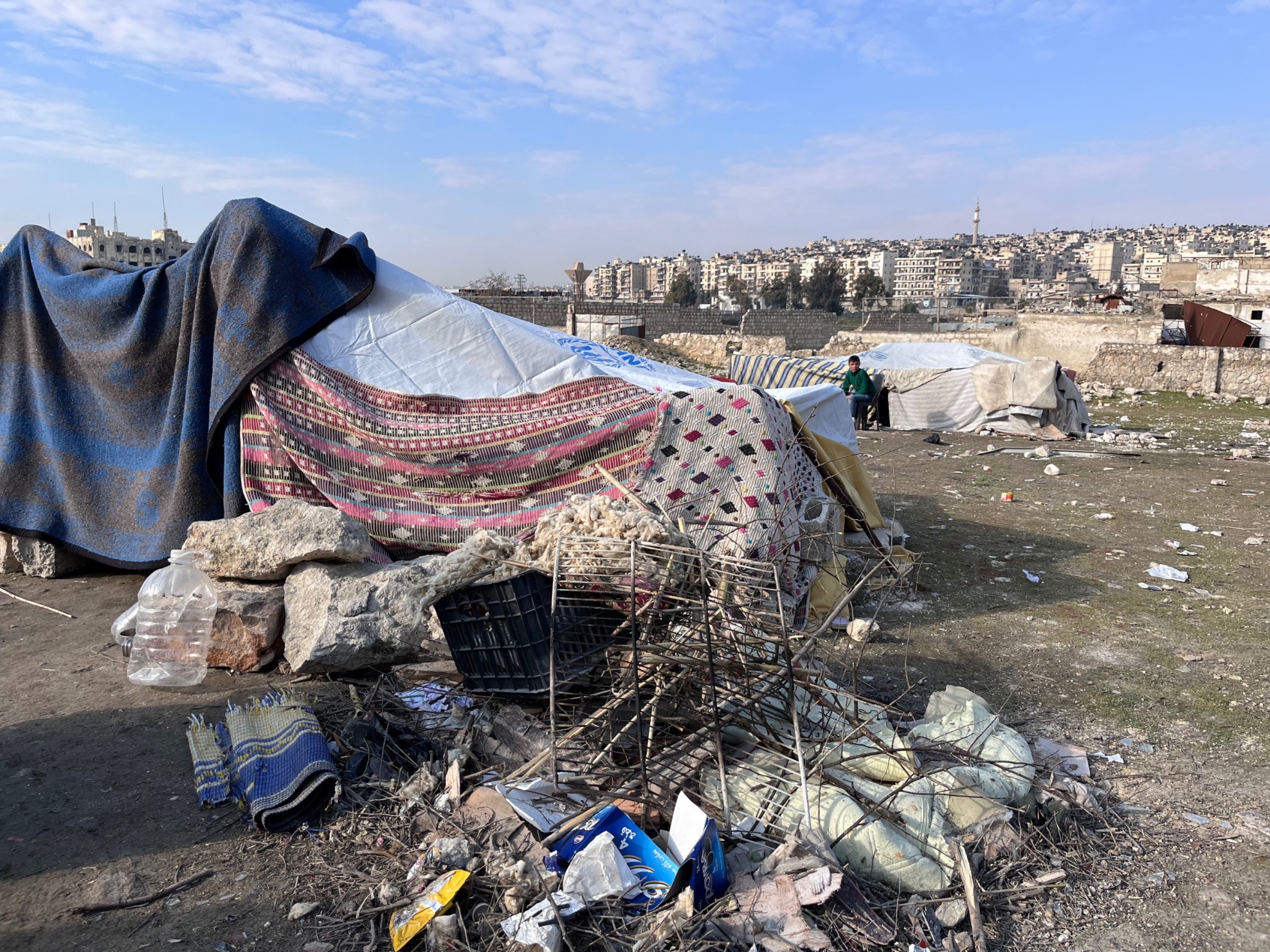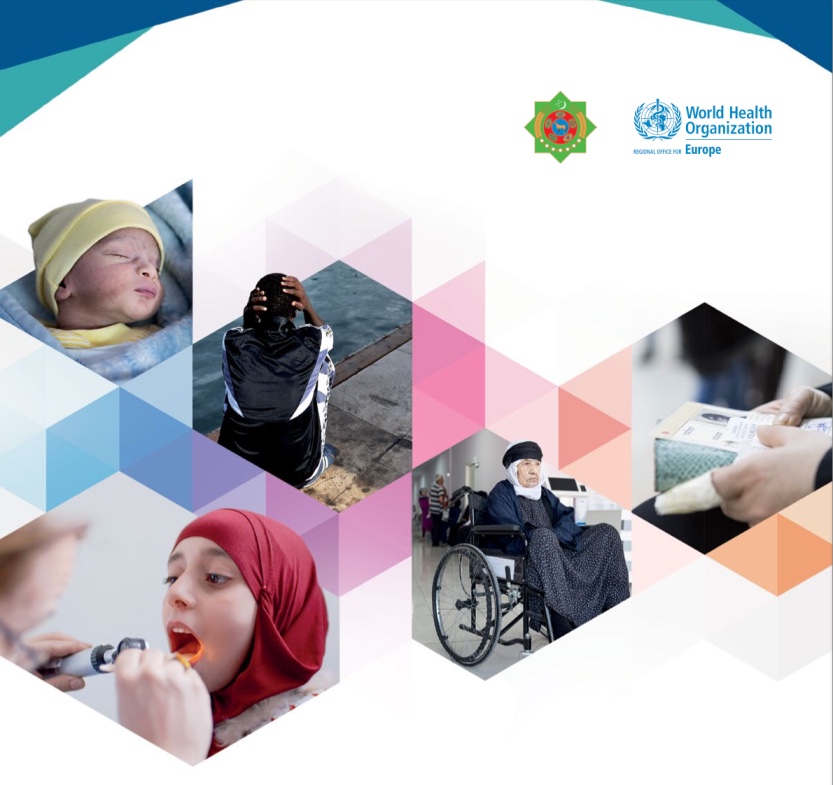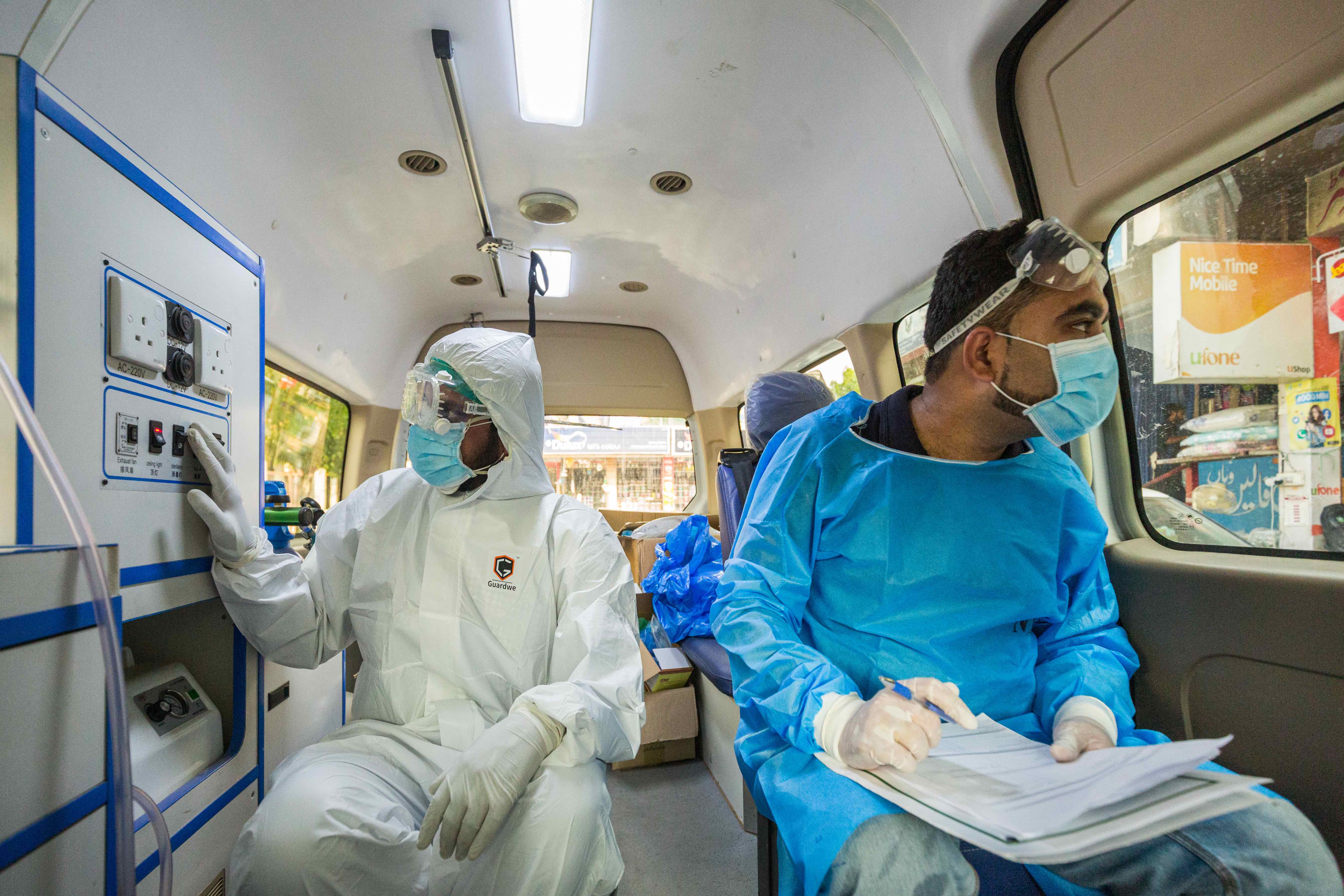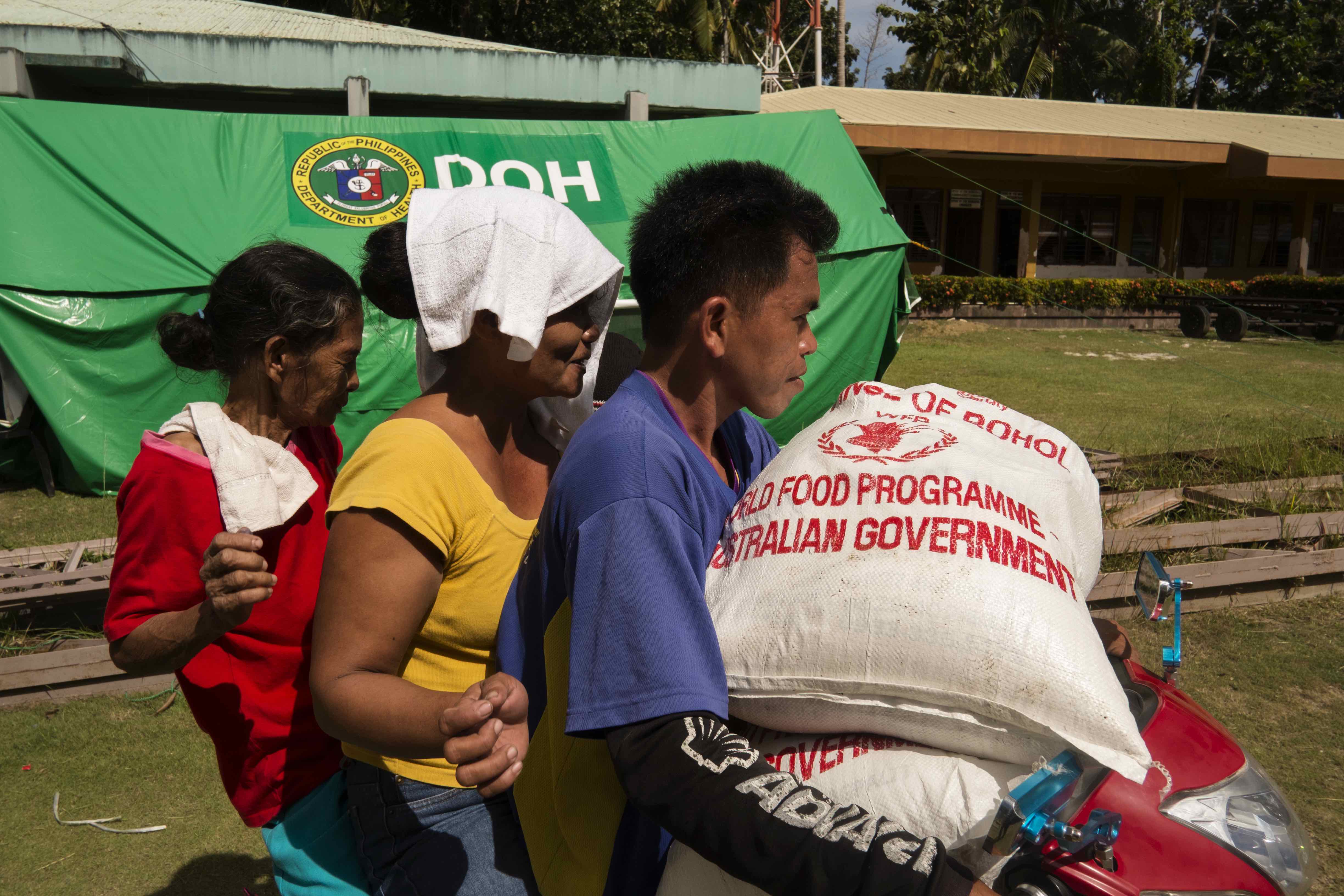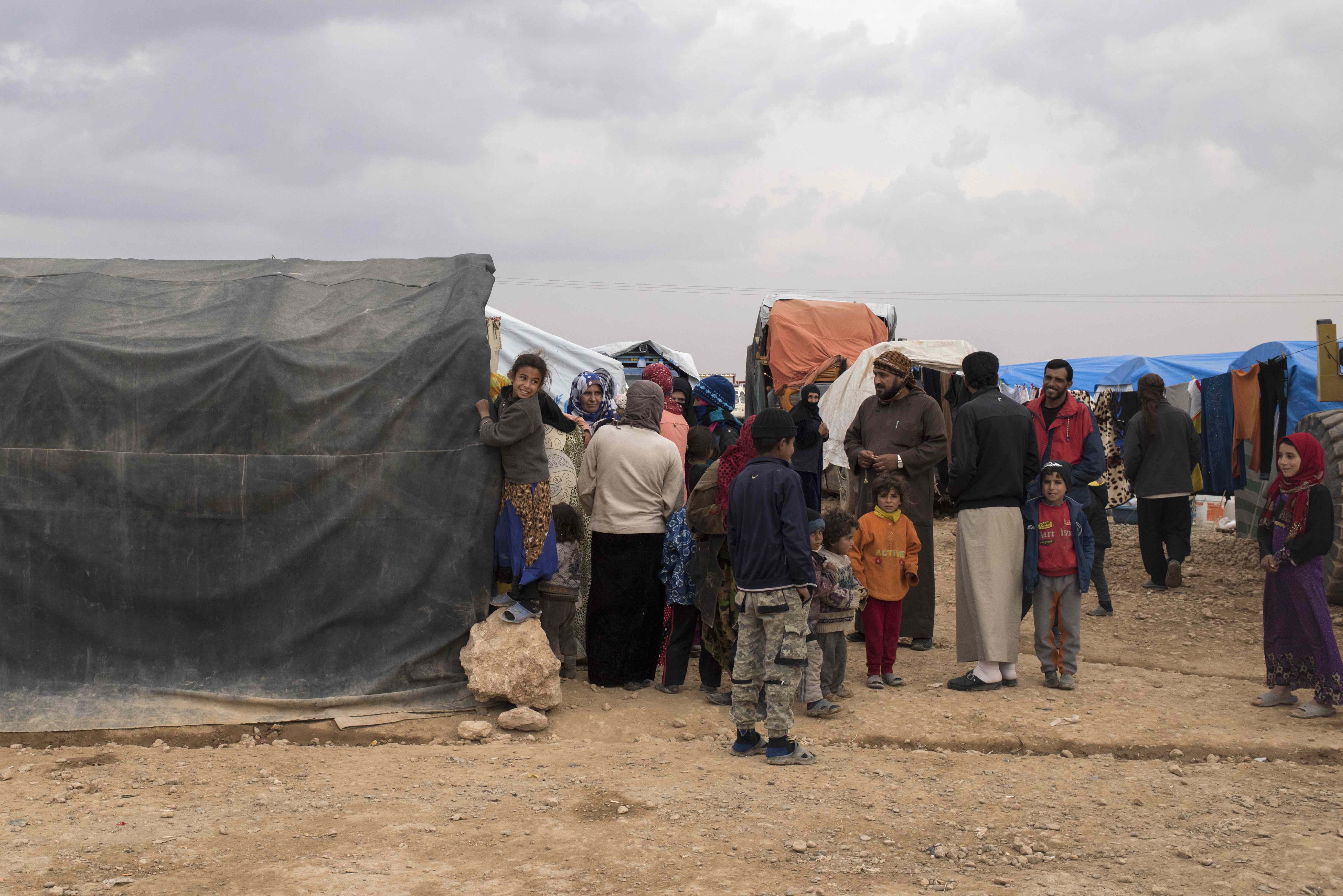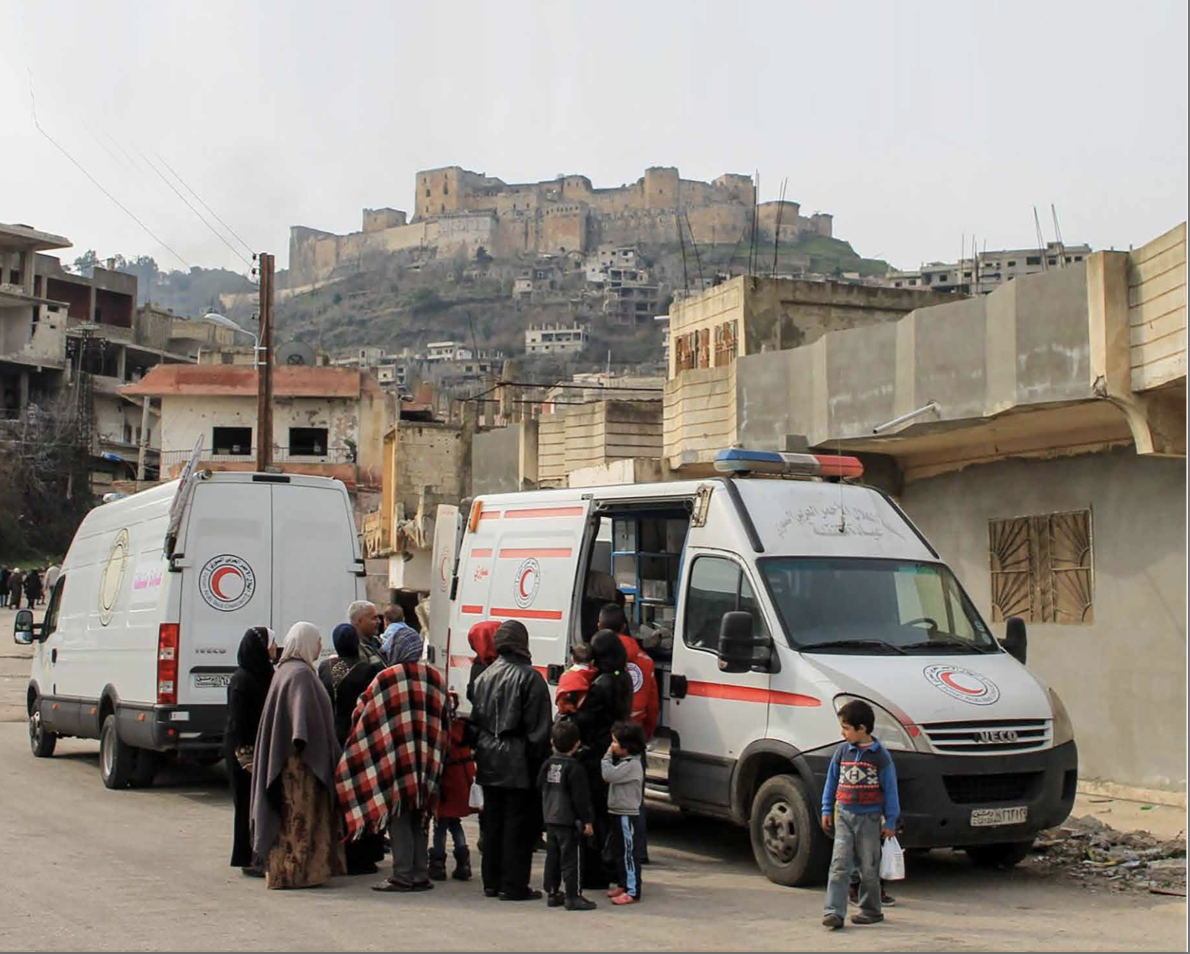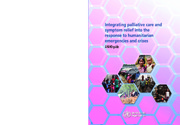Conflict and Health
Host country responses to non-communicable diseases amongst Syrian refugees: a review
Publication
14 Mar 2019
Background Since the beginning of the Syrian conflict in 2011, Jordan, Lebanon and Turkey have hosted large refugee populations, with a high pre-conflict burden of non-communicable diseases (NCDs). Objectives We aimed to describe the ways in...

